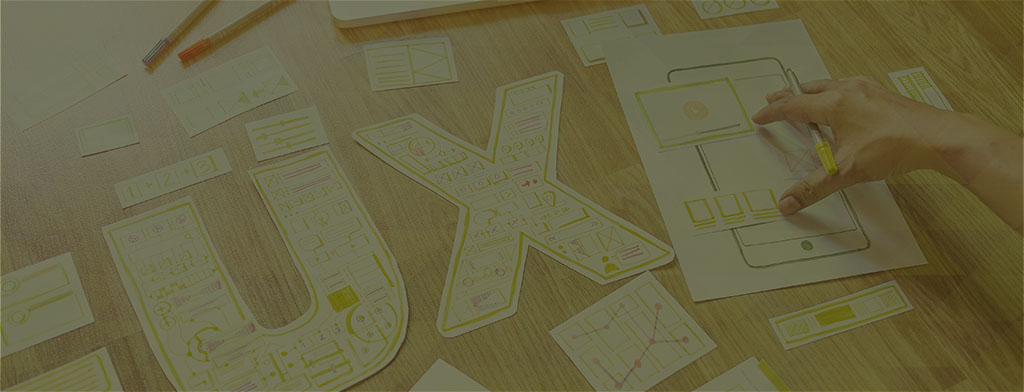The Why, What, and the How of World UX
In this second blog post, we are discussing World UX, and cover some additional essential
topics of this increasingly critical area. In an accelerated ‘digital first’ world, successful
companies are focussing more on CX and UX. This is part 2 of the roundtable discussion,
where we are discussing the Why, What, and the How of World UX.
Design and Content Working Together
How do you make people realize the design and content need to work together?
We need to think about user experience, the end-user. Functions need to work together to
integrate and collaborate to achieve successful outcomes. “You need to start somewhere.”
suggests Tarja Karjalainen, Oura “The challenge is that it’s a really broad concept. If you’re
new to looking at Localization and UX, cooperation, then narrowing it down, would be a
really good starting point. It is really creating this kind of mind shift. Communication is key,
once you get these three functions in the discussion, sitting at the same table, you will very
quickly realize that you are really talking about the same thing, but with different
terminology,” added Tarja.
Translation and the Process
In a large number of cases, translation happens at the end of the process; this is because
you can’t translate anything usually until there is content in a file. There is a role for the
localization team at the start of the process, with UX, content writers, and design elements.
This is ideally when localization should come in and be in a position to give feedback and
share the importance of the world view. Pat Higgins, Verizon connect explains “It is three
groups, content, writers and localization, they work on these designs, to fix it at the start.
They should be part of the same organization because you are going to work on everything
at the start.”
Some organizations are focussing less on talking about internationalization and localization
and are beginning to have more conversations about UX and language, to help foster a
closer alignment and less of a disconnect.
“It is a collaboration, We like to think of them as people who are outside of our process, but it
shouldn’t be the case,” added Sergio Valero Notari, Doctoralia
Collaboration Requirements
Collaboration plays an even more critical role in bringing these three elements together,
understanding the position and needs of the other areas of successful World UX. Ryan
Moroz, LINE Plus Corp comments, “I think a good way is to have discussions around the
needs of the text, the needs of the writing, the needs of each piece of the design. In fact, it
can help not only the people that you’re working with to collaborate, and understand what
you are trying to do (and the information you need to do your job), but also helps you to
understand their perspective.”
Ideally, an organization can work towards having an embedded team approach with the
teams looking into the design with the other elements together. However, this can be more
challenging to do, but collaboration is an essential factor for groups who come together or for
a dedicated team approach. An understanding of other peoples core skills and experiences
can undoubtedly assist, so each member of the team has some level of knowledge of UX,
Design and Localization requirements while specializing in a specific area.
About the World UX Roundtable
The Vistatec World UX Roundtable event, took place on November 18, 2020, hosted by
María Jesús de Arriba Díaz of Vistatec, in conversation with Alberto Ferreira, Vodafone,
Tarja Karjalainen, Oura, Pat Higgins, Verizon Connect, Ryan Moroz, LINE Plus Corp, and
Sergio Valero Notari, Doctoralia. This online round table event aimed to share learnings on
why it is vital to bring design, content, and localization together. To visualize what an ideal
World UX would look like, and to hear real-life tips to get you started on this journey.

